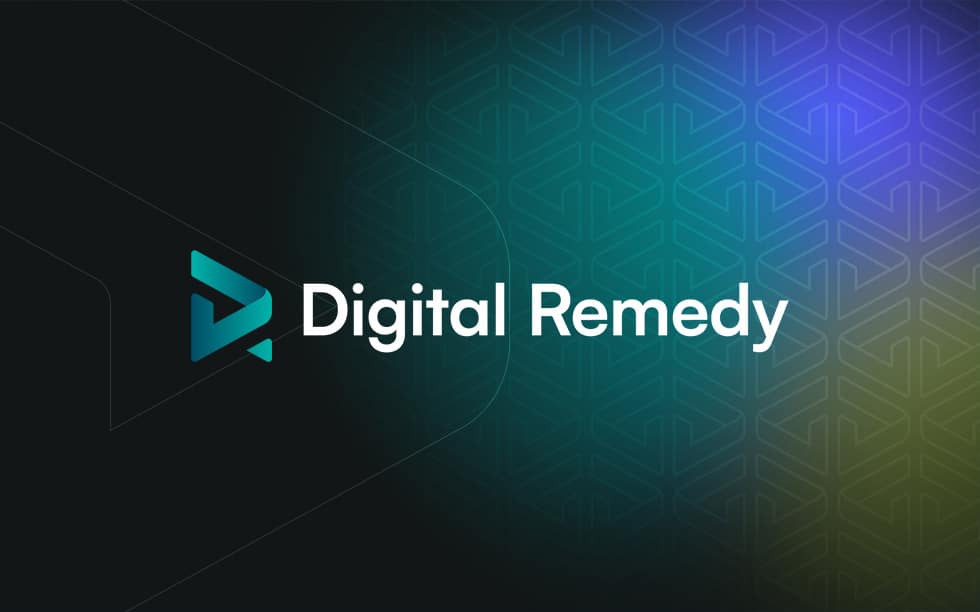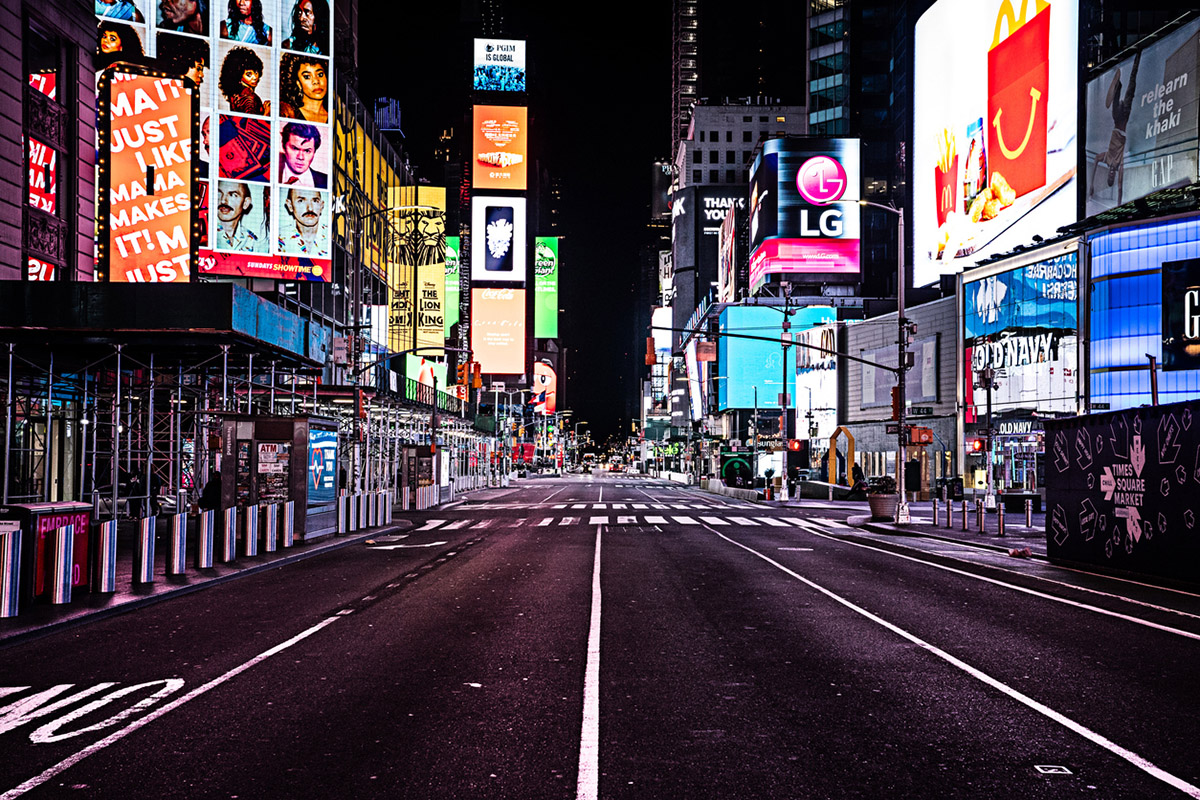Jul 14, 2020
—
With much of the world’s population under stay-at-home orders for months, the quick-service restaurant (QSR) industry has faced unprecedented challenges, including dramatic declines in sales, full pivots to off-premises-only operations, in addition to store closures and nationwide layoffs. Historically, recessions have benefitted QSR chains like McDonald’s and Burger King, which typically see higher sales when…

With much of the world’s population under stay-at-home orders for months, the quick-service restaurant (QSR) industry has faced unprecedented challenges, including dramatic declines in sales, full pivots to off-premises-only operations, in addition to store closures and nationwide layoffs. Historically, recessions have benefitted QSR chains like McDonald’s and Burger King, which typically see higher sales when people are cutting back on discretionary spending.
The global coronavirus outbreak has uprooted nearly every aspect of the lives of both consumers and businesses. The onset of the COVID-19 pandemic illustrated how quickly consumer behavior can change and how quickly the restaurant industry had to adjust. Literally in its name, the quick-service restaurant industry has continued to be nimble in quickly shifting business operations and strategies to meet customers’ rapidly-changing tastes.
Consumers previously chose between dining in, taking out, picking up, ordering via food delivery app, or using drive-thru service. As a result of COVID-19, new operations, such as creative pick-up and delivery options, have been introduced almost overnight to promote social distancing and remote ordering in an effort to reduce the spread of the virus. While dining rooms have closed, many quick-service chains have remained open for business, offering contactless service instead. Off-premises, such as carry-out, delivery, and drive through, is a valuable sector where quick service has long reigned, and has endured for decades. According to the NPD Group, total restaurant consumer spending measured $450b in sales for the 12-month period that ended January. Of that, 48.5% was off-premises, which measured to $218b alone.
Chains with heavy drive-through business could weather the storm better than others. At many chains, including McDonald’s, the drive-through accounted for as much as 70% of revenue before the crisis, generating billions of dollars for the industry every month. During the pandemic, sales have mostly held steady. In March, drive-throughs generated $8.3b across the fast-food industry, an increase from $8b in sales over the same period in 2019, according to the NPD Group.
Additionally, brands who optimize online ordering options and capabilities make it easier for guests to order from them while keeping a steady stream of revenue coming in. In the past few months, online QSR orders have grown significantly, especially among pizza brands. New customer segments are adopting the online food ordering habit, with an uptick in restaurant site traffic visits for affluent consumers, those with more education, and people 60+ years old, many of whom were advised to take particular precautions about exposure to COVID-19 due to heightened risks from the disease.
The financial impact of COVID-19 has shifted the core of why people eat. As budgets get squeezed, cost-conscious consumers are cutting out non-essentials. Operators must redefine the value exchange for consumers in the COVID-19 era. Value is not going to be restricted by price alone.
Given the current state of the economy, more American households are seeking easy, cost-efficient options to help offset some of the physical and financial changes caused by the pandemic. This value-driven, health-conscious consumer mindset will likely continue into the recovery process.
Many QSRs, like KFC, Popeyes, and Taco Bell, have introduced limited time offers around pricing, family-sized meals, DIY/”Build-Your-Own” meals, and free delivery. Bundle meals and improved curbside offerings and services will still play a vital role for wary consumers following the pandemic. They might even become an ingrained part of the restaurant experience.

Some other trends that could accelerate during the coronavirus pandemic will be mobile ordering, mobile pay (one less point of human contact,) and third-party delivery.

Constantly raising the bar, today’s on-demand consumers are demanding more than ever from brands – wanting what they want, when they want it. Even before the COVID-19 outbreak, technology providers and QSRs have focused on making it easier for consumers to order their favorite foods using order-ahead technology. Some habits seen today were in motion before the pandemic and will likely stick around long afterwards. The NPD Group predicted that restaurant digital orders will triple in volume by the end of 2020, with mobile leading the way. According to the PYMNTS Commerce Connected Playbook, mobile usage in-car is already common, especially at QSRs: one-quarter of drivers are already on their phones when pulling into drive-thru lanes.
Many points of friction in the path to purchase can be addressed with mobile app technology. Wayfinding technology, inventory management systems integration, and order-ahead capabilities give customers what they need to get in and out quickly. This is important since 90% of consumers say they are unwilling to wait longer than 10 minutes for food ordered via mobile app.
Mobile front-end transactions allow for streamlined curbside pickups, mobile order-ahead and cashier-less in-store checkouts, all of which save time and money for the retailers and customers alike. Given the rapid shift in operations caused by COVID-19, QSRs nationwide are urgently seeking employee training to address a flood of new education mandates around pandemic-era operations.
According to a March 2020 study from Rakuten Ready, a location-centric mobile commerce platform, mobile order-ahead is the most efficient in-store channel for quick service restaurants, with wait times up to 2.4 times faster than in-store ordering. Order for Pickup was actually growing four times faster than delivery heading into 2020.
As of April 2019, the portion of restaurant apps that offered mobile order-ahead was only 18%. Order for Pickup from a mobile app or website is the most cost-efficient channel and by making the investment in shifting towards Order for Pickup, restaurants can serve customers faster, driving profitability and ROI.
Additionally, as online and mobile commerce becomes the norm for consumers, car manufacturers have increasingly worked with retailers and quick-service restaurants to unlock new connected-car buying experiences. QSRs like Sonic Drive-In and Domino’s Pizza are enabling digital ordering through built-in dashboards, removing several steps from the ordering process.


Transformative technologies will help reinvent physical spaces to meet the needs of consumers that may want more touchless options and less face-to-face interactions. Smart menu boards and online/in-app ordering are opportunities which quick-service operators should focus on immediately to add speed and value to transactions. Safety is a top priority for consumers right now and brands who address the current shift in customer needs by easing health concerns while offering convenience will be better positioned to succeed in the “new normal” once consumers are ready to resume regular spending.
Ways QSRs can take action now while preparing for later:
Over a quarter of U.S. internet users expect to utilize carryout from restaurants more often after the coronavirus threat. Now is an ideal time to continue marketing, push app installs, and communicate with consumers in-app, as these efforts will offer advantages both now and in the future. After all, time spent on apps is only going to keep increasing. Leading QSR brands expect to continue to be able to reach their ideal audiences even through apps like mobile games.
Now is not the time to sit idle. QSRs should maintain constant authentic communications with customers. Brands who are honest and transparent with consumers will solidify trust, keeping consumers informed and at ease, while also keeping them in the sales funnel.
Before launching a new campaign, it’s critical to understand how consumers are spending their time with media and what type of content is resonating with them in order to effectively connect with them. This was the case even before the coronavirus outbreak.
Digital Remedy has successfully connected QSR advertisers with their most relevant audiences, optimizing campaigns, maximizing engagement, and driving ROAS.
For more industry trends, and to stay up-to-date on all things Digital Remedy, follow us over on Twitter, LinkedIn, and Instagram.
Sources:
Related Posts

In the constantly evolving digital advertising landscape, agility and flexibility are paramount. As agencies and advertisers look to maximize.

When COVID-19 upended the world in early 2020, the ripple effects were swift and far-reaching across every industry, and.

As artificial intelligence continues to dominate headlines and industry conversations, confusion still lingers—especially around the relationship between artificial intelligence.